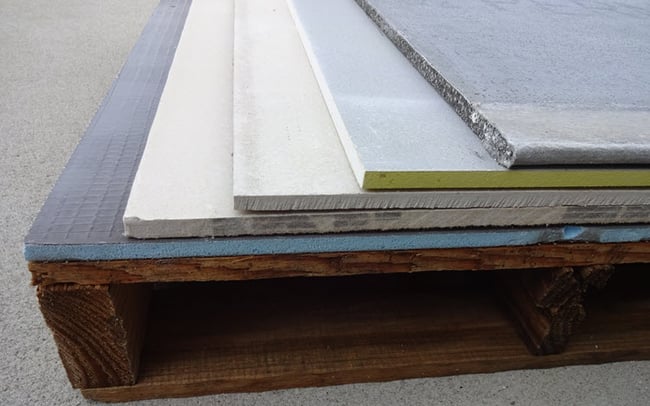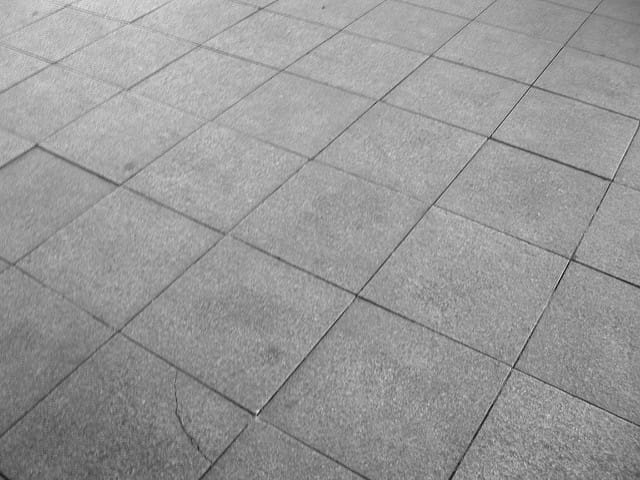Just reading the definitions alone doesn t provide too much of a difference as both uncoupling mats and backer board are used to prep the subfloor to help prevent loss of bond.
Tile underlayment membrane vs backer board.
Concrete backer board has a solid concrete core and both sides are faced with fiberglass.
Secondly once the self leveler is dry you can adhere tile directly to it.
Georgia pacific s densshield is one such product.
In many ways however an uncoupling membrane such as schluter ditra is an even better backing material for reasons other than the fact that it doesn t raise the height of the floor as much as cementboard.
Ardex liquid backer board is an example of a self leveler that doesn t need reinforcement.
Custom s fiber reinforced levelquick is another.
One type of tile backer board is made with a water resistant facing on both sides of the board.
Two common types of underlayment are ditra a flexible plastic decoupling membrane explained later and cementitious backer units also known as cbus cement board or cement backer board.
Uncoupling membrane cementboard has replaced a manually applied mortar bed to emerge as the standard underlayment for a tile floor.
This is the industry standard most preferred by construction pros when installing ceramic or porcelain tile backer board comes in four foot by eight foot and three foot by five.
It s waterproof which makes it ideal for wet.
Membrane faced board only.
Concrete backer board durock and wonderboard which is the standard material for tile underlayment.
The facing serves as an integrated waterproofing membrane so you don t need to install a separate layer of plastic behind the tile backer or a sheet membrane over the backer.
Backer board is a thin layer of concrete that has fiberglass mesh on its sides and is used under the tile to provide a firm and even surface for the tile to adhere to.










